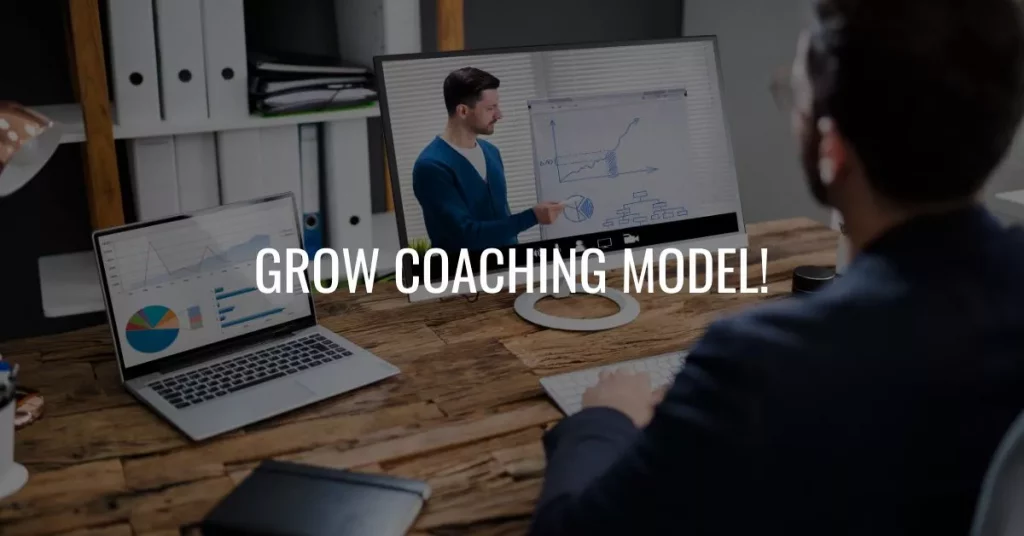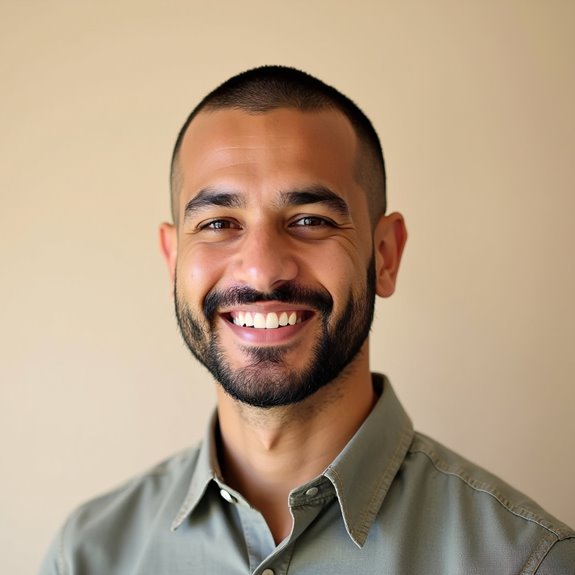Grow Coaching Model!
Many leaders use GROW coaching model (or process) to coach their people, and they can use GROW coaching model easy to structure sessions for mentoring and coaching.
The model is developed for goal setting and problem-solving in the United Kingdom and used extensively for coaching.
There are many claims about the authors of GROW model (Graham Alexander, Alan Fine, Sir John Whitmore, Max Landsberg, Gabriele Oettingen, Jonathan Passmore and Stefan Cantore ……. and others), but there isn’t any evidence for the authors; therefore it isn’t important to know the author but the important thing to use and benefit from the model.

The GROW coaching model doesn’t require to be an expert because the model offers a framework with general questions to determine the goals and the possible ways for achieving the goals and the potential obstacles;
By using the GROW model the coach doesn’t offer direction or options, but he helps the people to select the best way because he acts as a facilitator.
About the Grow coaching model
GROW stands for:
- G: Goal.
- R: Reality.
- O: Options (or Obstacles).
- W: Will (or Way Forward).
A good way of understanding GROW coaching model is to understand the following example:
Assume that you want to develop the current level of performance for the employees in four months.
Developing the current level of performance is the (goal), You know the current level of performance (the current reality), You have many ways to achieve your goal may be including coaching, attending course or encouragement (options), and every way has its difficulties (obstacles), And the employees are committed to achieving the goal, and they are prepared for the obstacles (Will or Way Forward).
The key to GROW coaching model:
The key to using GROW model is first to set your goal; the goal must be a SMART goal, and suitable for the team’s potential and they have tools that help them for achieving the goals; to structure a coaching session using the GROW coaching model, take the following four steps:
Stage 1: Set your Goals
The first step is setting goals; so the coach should set the goals with the team according to the organization’s goals and capabilities.
Before setting goals, look with your team at the current level of performance or the current rate of outcomes then set new goals such as (improving employees’ skills, improving the current level of performance, and outcomes enhancement).
All goals should be defined whether were long-term or short-term goals, and keep in your mind those goals should be SMART goals (specific, measurable, achievable, realistic, and time-limited) for more details about SMART goals read (How to achieve your goals)
After setting your goal you should be able to answer the following questions:
What are your goals?
What would you like to be different after this session?
What would you like to get out of this session?
What are you ultimately seeking to achieve?
What are the tools you have that will help you to achieve your goal?
Stage 2: examine the current Reality.
Once the coach has set the goals, it’s important to proceed to the next stage, it’s to discover the current reality; to start with your team you should first know where your feet are right now, and how much you are far from your goal.
It’s important to know the current situation to know how you will start, and what the problems are you will face.
To know the current reality, ask the following questions:
- What is the current level of performance?
- Where is the team right now? And what is the team doing now?
- What is happening right now?
- What is the impact of the current situation on the people and on the organization?
- What are the current factors are affecting the current situation?
- Is this goal aligned with the other goals or objectives?
After answering on the previous questions, you should have a complete picture of the current reality and release new things about the current situation.
Stage 3: determine the options
After defining the goals and the current reality; it’s the time to proceed to the next stage: determine the options; the option stage is to determine:
- The possible ways for achieving the goals.
- The possible solutions for the expected problems.
- The benefits and obstacles of all suggested options.
- The coach should discuss and determine the available options with his team may be by brainstorming.
- The aim of this discussion isn’t to select one option, but the coach should think freely way and generates many options and ideas for achieving goals.
- The coach should consider all options even if they seem risky or silly ideas, and the coach can use “what if” type questions to spot the hidden assumptions.
The coach can use the following question to determine the options:
- How can we achieve this goal?
- What actions could be taken to achieve the goals?
- What are the other ways to achieve this goal?
- What are the available options?
- What can we do to change this situation?
- Who else could assist with this?
After setting the options, discuss with your team the benefits, obstacles, advantages, disadvantages, and expected costs for all options, and then you should score with your team all options from one to ten to prioritize the best option.
Stage 4: Establish the Will or Way forward
After setting the goals, examining the current Reality, and determining the options, now your team has a clear picture of what they will do; but it isn’t enough because they should be committed by specific actions.
The way forward is all about ensuring they actually do something, or else all your time and money have been wasted.
The team should know what will they do? who will do? How will they do? When and where will they do it? What could stop you from moving forward? How will you overcome these obstacles? What support do you need? And how can you get the needed support?
After setting GROW coaching model stages and applying the model, the coach should check and review the progress, if there is any deviation, the coach should play his role and mentor the team to achieve the goals

Patrick is a lifelong learner and personal development blogger whose work focuses on mindset shifts, emotional growth, and the hard-won lessons from real-life challenges.
Qualities: Relatable, honest, introspective, growth-oriented.
